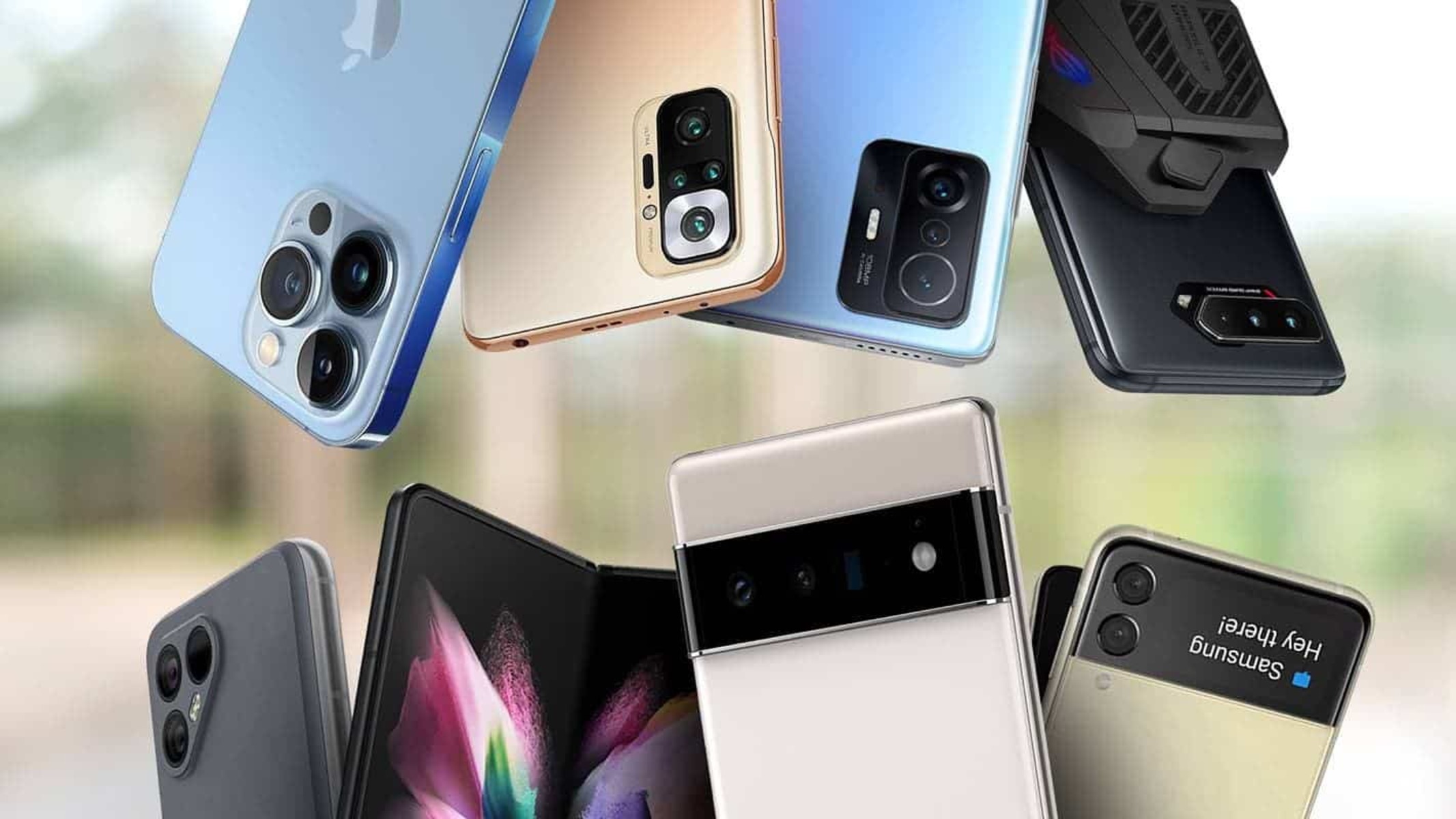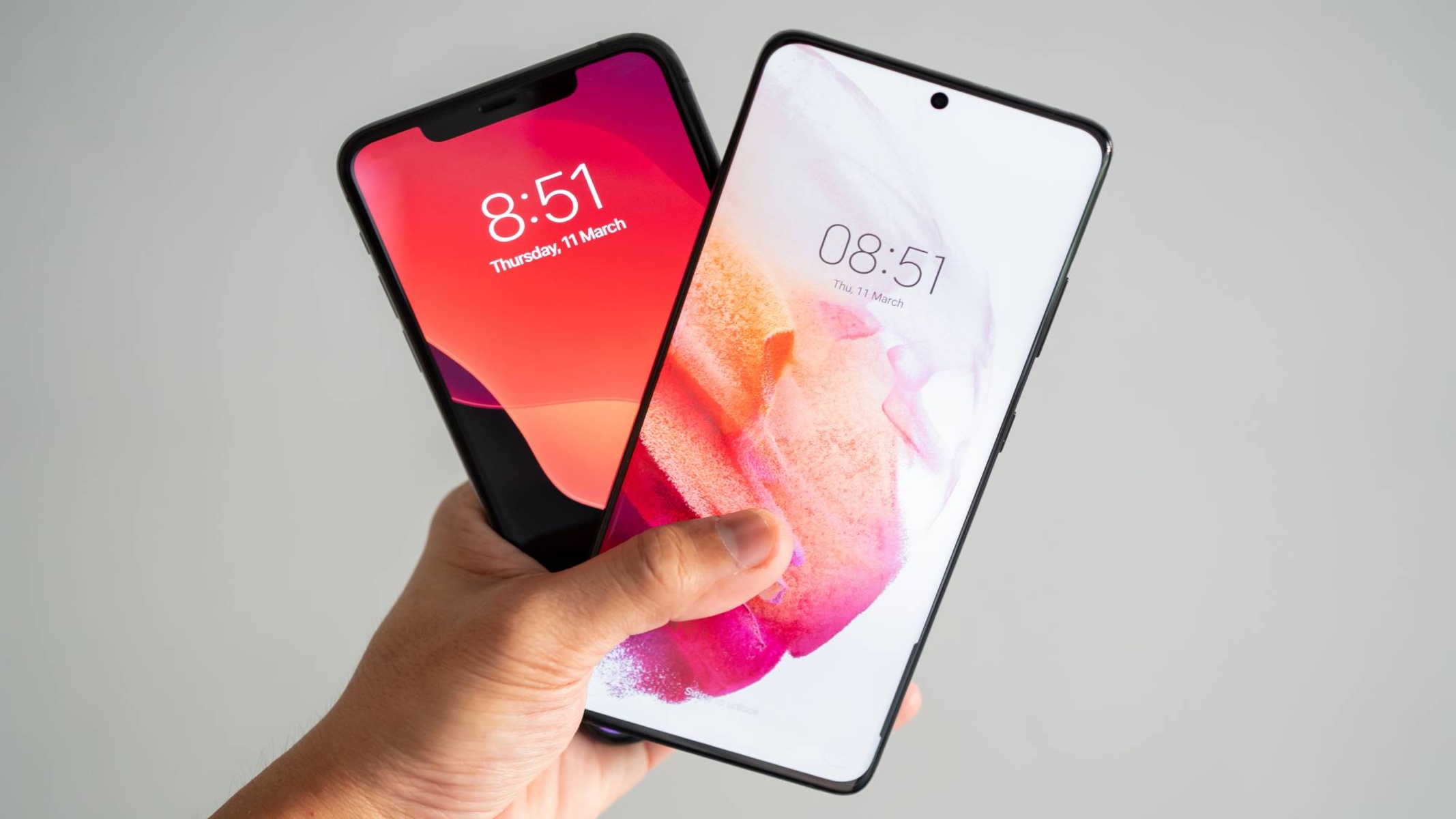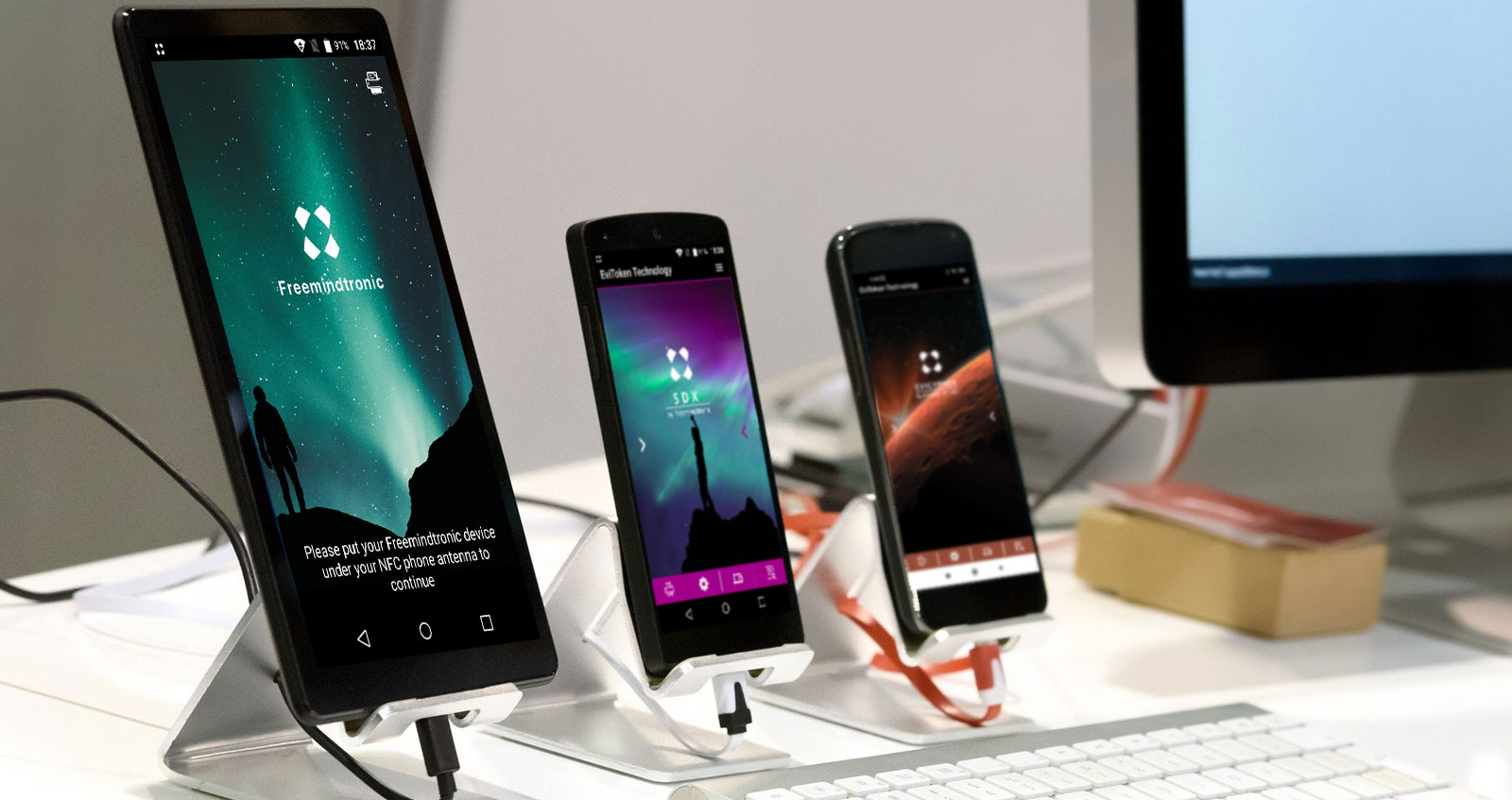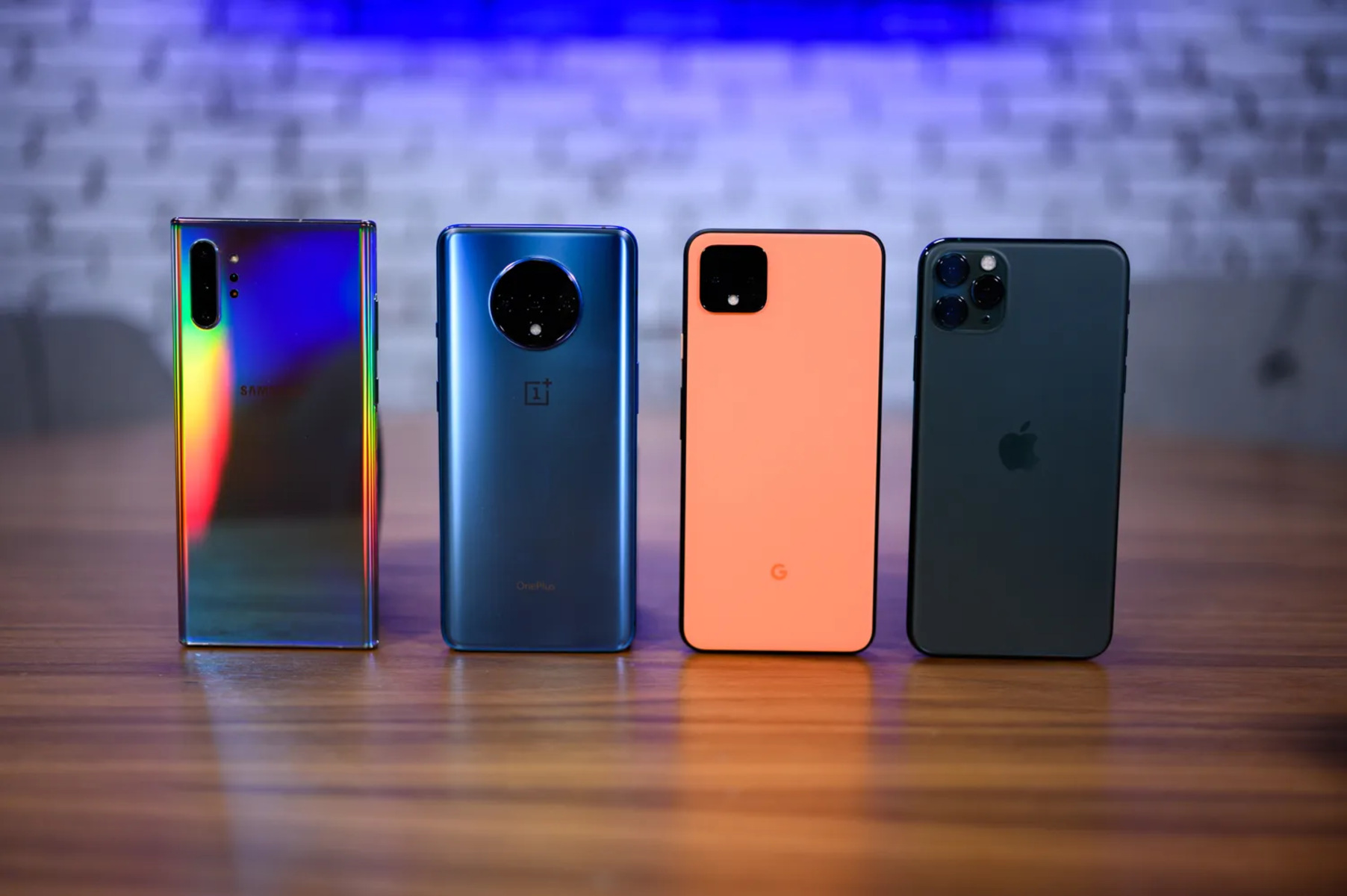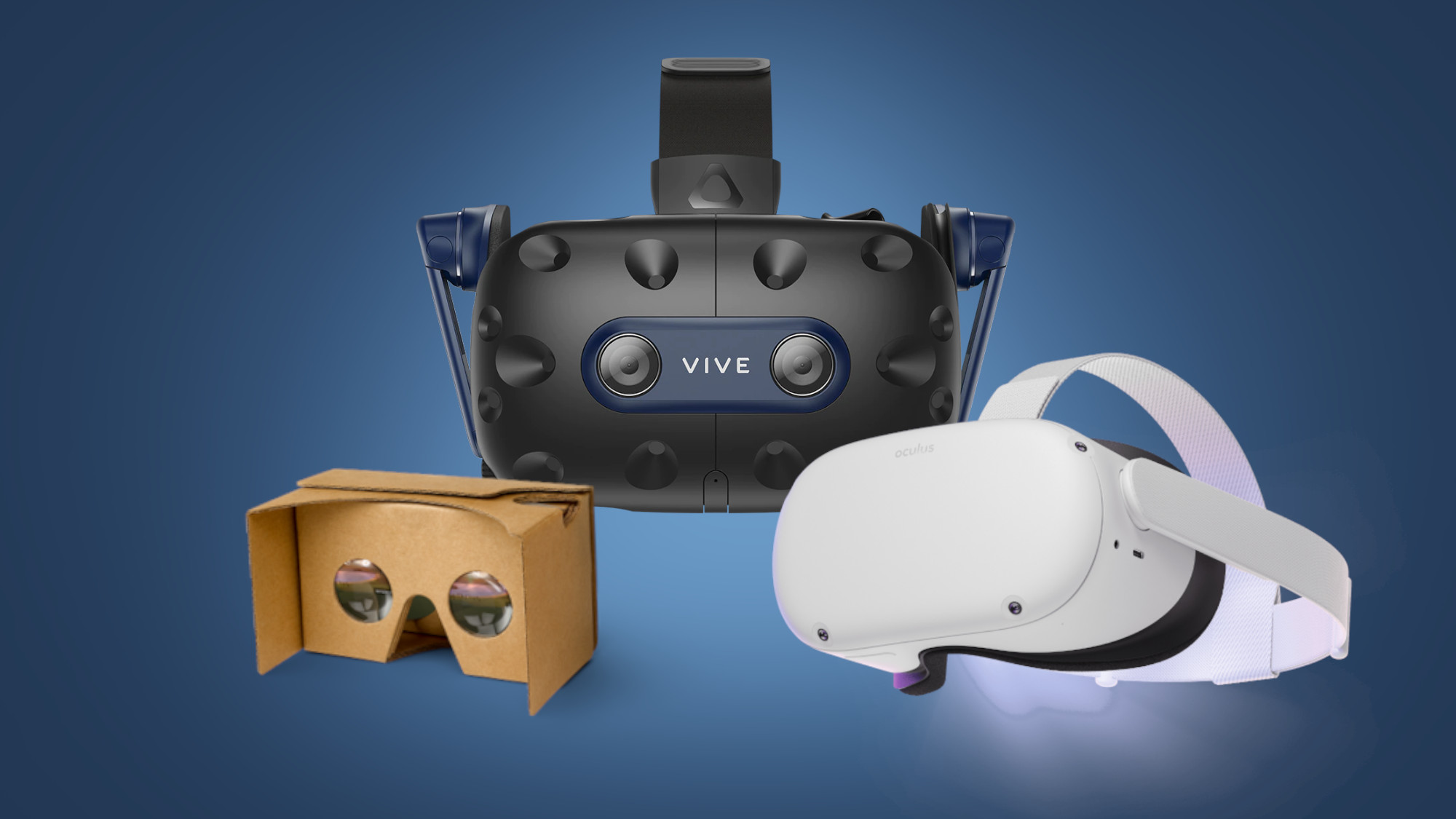Introduction
Smartphones have become an integral part of our lives, connecting us to the world and offering a wide range of functionalities. In this rapidly evolving tech landscape, it’s fascinating to explore the multitude of smartphone brands that cater to various needs and preferences. From established giants to emerging players, the smartphone industry is brimming with options.
With the growing demand for smartphones, it’s no surprise that major brands dominate the market. Companies like Apple, Samsung, and Google have established themselves as industry leaders, consistently delivering innovative features and cutting-edge technologies. These brands have a long-standing reputation for quality and reliability, making them a top choice for many consumers.
Aside from the major players, there are other popular smartphone brands that have gained traction in recent years. Brands like Huawei, Xiaomi, and OnePlus have gained recognition for their competitive pricing, impressive specs, and unique software experiences. These brands have successfully carved a niche for themselves, appealing to a specific set of users who value affordability, performance, and customization.
While major and popular brands dominate the market, there are also several lesser-known smartphone brands that offer compelling options. Brands such as TCL, Motorola, and Sony have been in the industry for years and offer devices with distinctive features and designs. These brands may not have the same level of market share as the giants, but they continue to cater to specific audiences seeking alternative options.
Moreover, the smartphone industry is not static—it’s constantly evolving, with new players entering the market. Emerging smartphone brands, such as Realme, Oppo, and Vivo, have made a significant impact in recent years by offering competitive specifications at affordable prices. These brands often target budget-conscious consumers or those looking for feature-rich devices without breaking the bank.
In addition to the major, popular, and emerging brands, there are also niche smartphone brands that cater to specific interests or demographics. Brands like CAT Phones, known for their rugged and durable devices, and Fairphone, focused on sustainability and ethical manufacturing, offer unique options for users with specific needs or values.
Considering the wide range of smartphone brands available, it’s essential to understand the various options and consider factors such as price, features, brand reputation, and personal preferences when choosing a smartphone. By exploring the landscape of smartphone brands, users can make informed decisions and find the perfect device that suits their needs.
Major Smartphone Brands
When it comes to major smartphone brands, several names immediately come to mind. These brands have established themselves as leaders in the industry, consistently delivering high-quality devices with cutting-edge features. Let’s take a closer look at some of these major players.
Apple: Apple is known for its iconic iPhone lineup, which has garnered a massive following worldwide. The brand’s commitment to sleek designs, powerful hardware, and intuitive software has made it a perennial favorite among smartphone users. With each new release, Apple continues to push the boundaries of innovation, offering features like Face ID, advanced camera systems, and powerful processors.
Samsung: Samsung has a strong foothold in the smartphone market, offering a wide range of devices across different price points. Known for its vibrant AMOLED displays, Samsung devices boast high-quality cameras, powerful processors, and a feature-rich user experience. The Galaxy series, including the flagship Galaxy S and Note models, has consistently been praised for its design, performance, and versatility.
Google: Google entered the smartphone market with its Pixel lineup, focusing on delivering an exceptional software experience. The Pixel devices showcase the best of Google’s software capabilities, offering an optimized Android experience, top-notch cameras, and seamless integration with Google services. The clean design and regular software updates have earned Google a dedicated fan base.
OnePlus: OnePlus made a name for itself by offering premium features at a more affordable price point. The brand’s devices often boast flagship-level specifications, such as high refresh rate displays, powerful processors, and ample RAM. The OxygenOS, OnePlus’ customized version of Android, provides a clean and smooth user interface, further enhancing the user experience.
These major smartphone brands have established a solid reputation for delivering high-quality devices with innovative features. From Apple’s seamless ecosystem to Samsung’s stunning displays and Google’s optimized software, users have a plethora of options to choose from when it comes to flagship devices. These brands continue to lead the industry, setting trends and pushing the boundaries of what smartphones can offer.
Other Popular Smartphone Brands
While major smartphone brands dominate the market, there are several other popular brands that have gained recognition among consumers. These brands offer unique features, competitive pricing, and compelling value propositions. Let’s explore some of these popular smartphone brands.
Huawei: Huawei has gained significant popularity in recent years, particularly in the mid-range and high-end segments. Known for its advanced camera systems and sleek designs, Huawei devices offer impressive performance and cutting-edge features. The brand’s proprietary Kirin processors and partnership with Leica for camera technology have helped cement Huawei’s reputation as a strong contender in the smartphone market.
Xiaomi: Xiaomi is known for its feature-rich and value-packed smartphones, offering impressive specifications at affordable prices. The brand has gained a loyal fan base by delivering devices with powerful processors, large batteries, high-resolution displays, and a highly customizable MIUI software interface. Xiaomi’s commitment to providing a high price-to-performance ratio has made it a popular choice for budget-conscious consumers.
OPPO: OPPO has made a significant impact in the smartphone market with its focus on camera technology and innovative designs. The brand’s devices often feature high-resolution front and rear cameras, along with advanced imaging software to enhance photography capabilities. OPPO’s commitment to providing stylish and slim devices, coupled with its strong presence in Asian markets, has contributed to its popularity.
Vivo: Vivo is another brand that has gained traction by offering feature-packed devices with an emphasis on camera and audio capabilities. The brand’s devices often incorporate cutting-edge camera technologies, such as gimbal stabilization and high-resolution sensors, allowing users to capture stunning photos and videos. Vivo also places importance on audio performance, offering devices with advanced sound technologies and high-fidelity audio output.
Motorola: Motorola, a brand with a rich history in the smartphone industry, continues to be popular with its mid-range and budget devices. Known for their clean Android experience, long-lasting battery life, and durable build quality, Motorola devices offer a reliable and user-friendly experience. The brand also pioneered the concept of modular smartphones with its Moto Mods, allowing users to enhance their devices with additional features.
These popular smartphone brands have captured the attention and respect of consumers through their unique offerings, competitive pricing, and solid performance. From Huawei’s camera prowess to Xiaomi’s value-packed devices and OPPO’s emphasis on photography, these brands offer a diverse range of options to cater to different user preferences and budgets.
Less Popular Smartphone Brands
While major and popular smartphone brands dominate the market, there are also several less popular brands that offer interesting alternatives for those looking beyond the mainstream options. These brands may have a smaller market share but still provide unique features, value for money, or cater to specific niche markets. Let’s take a closer look at some of these less popular smartphone brands.
TCL: TCL may be a lesser-known name in the smartphone industry, but it has been crafting innovative devices with a focus on affordability and vibrant displays. Their smartphones offer competitive features, such as high-resolution screens and decent camera capabilities. TCL has also gained recognition for their advancements in display technology, leveraging their expertise as a leading manufacturer of televisions.
Sony: Sony, known for its expertise in electronics, offers a range of smartphones that emphasize multimedia experiences. With their Xperia lineup, Sony combines cutting-edge camera technology, impressive audio capabilities, and a sleek design aesthetic. While they may not have the same market presence as other brands, Sony smartphones are favored by photography enthusiasts and audiophiles.
Motorola: While Motorola has a history of success in the smartphone industry, it has recently fallen into the “less popular” category. However, the brand continues to produce reliable and user-friendly devices with near-stock Android experiences. Motorola smartphones often offer good battery life, clean software, and competitive pricing, making them a solid choice for users who prioritize simplicity and functionality.
ASUS: ASUS, primarily known for its PC hardware and gaming devices, also offers smartphones that target specific segments. Their devices often excel in gaming performance, with features such as high-refresh-rate displays, powerful processors, and gaming-focused software enhancements. ASUS has built a niche following among mobile gamers and power users.
Nokia: Nokia, a brand with a rich history in the mobile industry, is making a comeback with smartphones that emphasize durability and security. Nokia devices often feature a clean and stock-like Android experience, promising timely software updates. Their offerings cater to users who value reliability, long-term software support, and the nostalgic appeal of the Nokia brand.
These less popular smartphone brands may not grab the same attention as the major players, but they offer compelling alternatives for consumers seeking unique features, specialized focuses, or a different brand experience. While they may not have the same level of market share, these brands continue to contribute to the diverse smartphone landscape, providing users with additional options to suit their specific needs and preferences.
Emerging Smartphone Brands
In the dynamic world of smartphones, new players are constantly emerging, bringing fresh ideas, innovative features, and competitive pricing to the market. These emerging smartphone brands are making a name for themselves and challenging the established giants. Let’s take a look at some of these up-and-coming brands that are capturing attention in the smartphone industry.
Realme: Realme, a relatively young brand, has quickly gained popularity by offering feature-packed smartphones at affordable prices. With a focus on providing high-performance devices for the budget-conscious market, Realme delivers impressive specifications, sleek designs, and a user-friendly interface. The brand has quickly expanded its presence globally and continues to attract a loyal user base.
Oppo: Oppo, although not a new name, has recently gained significant traction with its impressive smartphone offerings. With a focus on camera technology and sleek designs, Oppo devices deliver exceptional photography capabilities and stylish aesthetics. The brand’s commitment to innovation, such as its pioneering work in smartphone charging technologies, sets it apart in the market.
Vivo: Vivo, known for its cutting-edge camera technology and emphasis on audio performance, is also emerging as a notable smartphone brand. Vivo devices often feature high-resolution cameras, advanced imaging software, and superior audio capabilities. The brand’s commitment to pushing the boundaries of smartphone photography and audio experiences has garnered attention from consumers.
OnePlus: Although OnePlus has been around for some time, it still falls under the category of an emerging brand due to its consistent growth and increasing popularity. OnePlus smartphones are known for their flagship-level specifications, smooth user interfaces, and competitive pricing. The brand’s focus on delivering a premium experience at a more affordable price has helped it carve a niche in the market.
Motorola: While Motorola has a long history in the smartphone industry, it has experienced a resurgence in recent years with its revamped lineup. The brand has focused on offering mid-range and budget devices with clean Android experiences, long-lasting battery life, and durable build quality. Motorola’s commitment to simplicity and reliability has resonated with many consumers.
These emerging smartphone brands are challenging the established players by offering unique features, competitive pricing, and impressive performance. With their fresh approaches, these brands contribute to the ever-evolving smartphone landscape, providing consumers with new options to consider. As they continue to grow and innovate, it will be interesting to see how they shape the future of the smartphone industry.
Niche Smartphone Brands
In addition to the major players and emerging brands, there are also niche smartphone brands that cater to specific interests, needs, or demographics. These brands offer unique offerings and target specialized markets, providing users with tailored experiences. Let’s delve into some of these niche smartphone brands.
CAT Phones: CAT Phones focuses on rugged smartphones designed for users in demanding environments, such as construction sites or outdoor adventures. These devices are built to withstand extreme conditions, including shock, dust, and water resistance. CAT Phones offer durability and ruggedness without compromising on essential smartphone features.
Fairphone: Fairphone is dedicated to creating sustainable and ethically manufactured smartphones. The brand focuses on supply chain transparency, fair wages for workers, and responsible use of materials. Fairphone devices aim to minimize environmental impact and provide users with a smartphone that aligns with their values of sustainability and ethical consumption.
BlackBerry: BlackBerry, known for its iconic physical keyboards and emphasis on security, offers smartphones that target business professionals and individuals concerned about privacy. BlackBerry devices prioritize data encryption, secure communication, and productivity features. The brand has a loyal following that appreciates its focus on privacy and integration with business-oriented services.
Phantom: Phantom is a brand that specializes in advanced audio features and high-fidelity sound output. Their smartphones integrate state-of-the-art DAC (Digital-to-Analog Converter) technology, enabling audiophiles to experience superior audio quality. Phantom devices cater to users who prioritize immersive sound experiences and enjoy listening to high-quality music on their smartphones.
Jolla: Jolla is a unique smartphone brand that runs on the Sailfish OS, an alternative mobile operating system. The brand appeals to users seeking a different mobile experience, offering a gesture-based UI and a focus on privacy and data control. Jolla devices provide a distinct user interface for those looking to explore an alternative mobile ecosystem.
These niche smartphone brands serve specific markets, catering to users with distinct needs, preferences, or ethical considerations. Whether it’s durability and ruggedness, sustainability, privacy and security, advanced audio capabilities, or a unique operating system, these brands offer specialized experiences that may not be available with mainstream options.
Conclusion
The smartphone industry is a dynamic and vibrant landscape, offering a wide array of options to cater to different needs, preferences, and budgets. From major players like Apple, Samsung, and Google to emerging brands like Realme and OnePlus, there is no shortage of choices for smartphone users.
Popular smartphone brands have established their dominance in the market through consistent innovation, high-quality devices, and intuitive user experiences. These brands continue to push the boundaries of technology, delivering cutting-edge features and setting trends that shape the industry.
However, the smartphone market is not solely dominated by major brands. Other companies, although less popular, still offer impressive alternatives. Brands like TCL, Sony, and Motorola bring unique features, solid performance, and reliable options to the table. They cater to specific niches and provide users with viable choices outside the mainstream crowd.
As the smartphone industry evolves, emerging brands are making their mark with competitive specifications, attractive designs, and affordable prices. Brands like Oppo, Vivo, and Realme are capturing the attention of consumers, offering value for money and innovative features that challenge established players.
Moreover, there are niche smartphone brands that cater to specialized interests and demographics. Brands like CAT Phones, Fairphone, and BlackBerry offer tailored experiences, focusing on ruggedness, sustainability, and privacy, respectively. These brands provide options for users with specific needs or values.
When selecting a smartphone, it’s important to consider factors such as price, features, brand reputation, and personal preferences. From flagship devices to budget-friendly options, each brand has its own strengths and unique selling points. By exploring the diverse smartphone landscape and understanding the offerings of different brands, users can find the perfect device that matches their requirements.
The ever-growing smartphone industry ensures that innovation and competition remain constant. As technologies advance and consumer demands evolve, new players will continue to emerge, offering fresh perspectives and pushing the boundaries of what smartphones can do. With a multitude of brands to choose from, users have the freedom to select the smartphone that best suits their needs and enhances their digital lifestyle.







